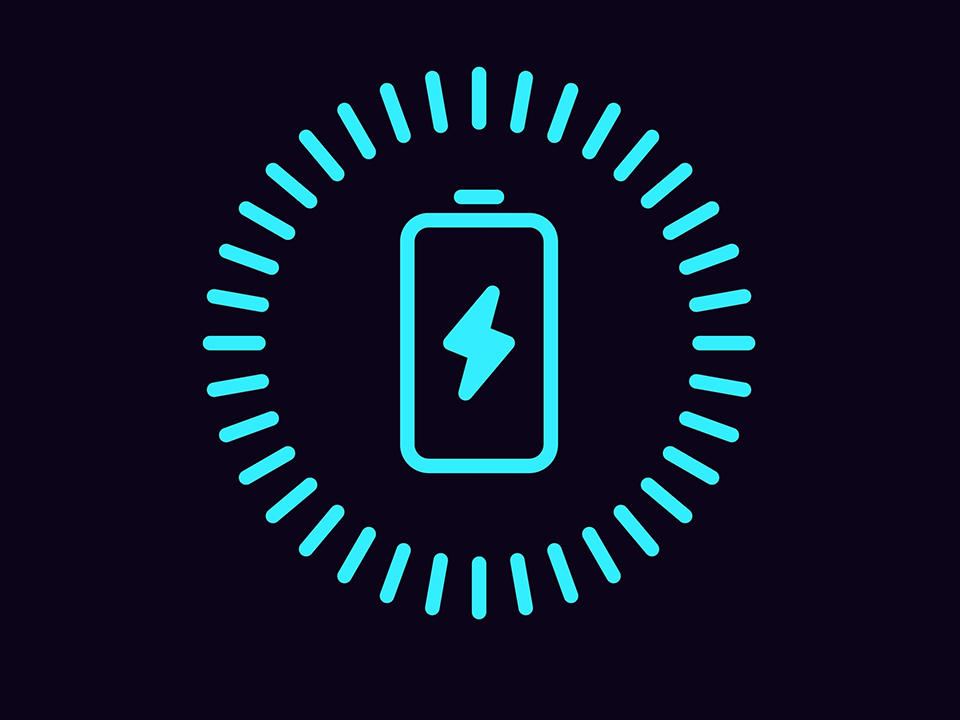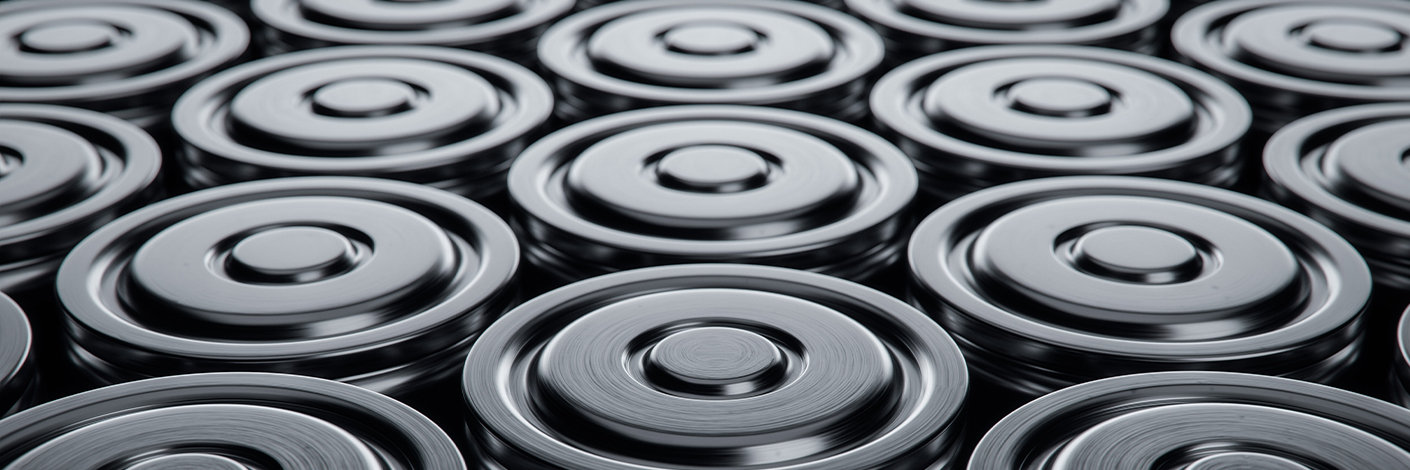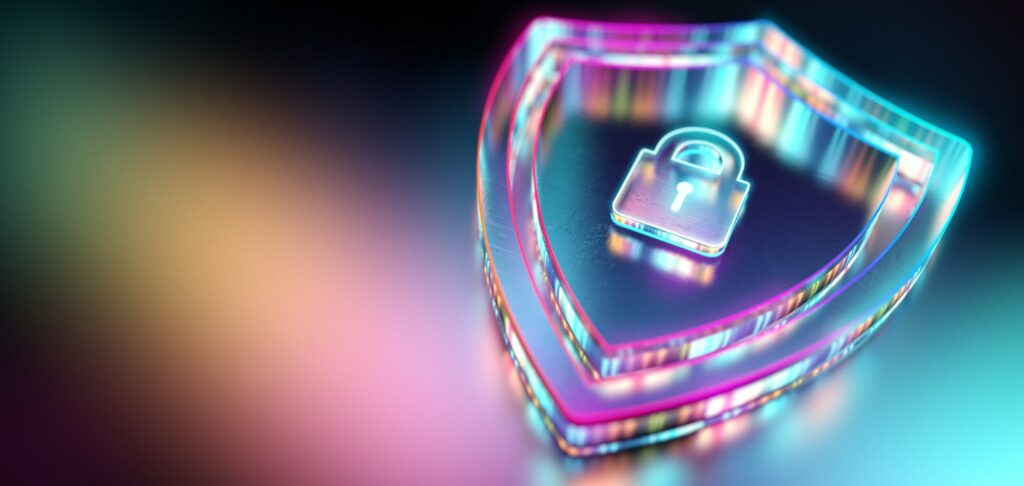
Does Fast Charging Damage Batteries?


The fast charging dilemma
To address the overarching question of whether fast charging damages batteries, we’ll unravel the intricacies of lithium-ion battery technology. Exploring the impact of high charging currents and elevated temperatures, we’ll separate common misconceptions from proven facts. By understanding the key factors influencing battery health, users can make informed decisions to optimise their device’s lifespan.
How do smartphone batteries work?
Phones use lithium-ion batteries. This type of battery is rechargeable and made of two materials layered together – lithium cobalt oxide and graphite. As lithium ions travel from the graphite layer to the lithium cobalt layer via an electrolyte solution, electrons are released. When a battery is charging, these ions return in the opposite direction and are stored until a phone is in use.
In older smartphones it was commonplace for the device to radiate heat when used or charged for long periods. It is this heat that would lead to battery damage.
However, lithium-ion battery technology has evolved. Today’s li-ion batteries are smaller and more efficient, with the ability to handle countless charges.
What are the pitfalls and benefits of lithium-ion batteries?
While lithium-ion batteries have become the standard for powering smartphones, they come with certain pitfalls depending on their age:
- Heat sensitivity
- Cycling degradation
- Thermal runaway
- Charging time depletion
- Limited lifespan
Despite these drawbacks, many of which apply to older lithium-ion batteries, they play a major part in powering modern smartphones. Furthermore, with ongoing advancements, many of these concerns are being mitigated. Modern li-ion batteries offer:
- High energy density
- Quick charging
- Portability
- Low self-discharge rate
- Ongoing advancements

Motorola’s battery safe technology
One standout feature in the smartphone landscape is Motorola’s cutting-edge technology designed to safeguard battery health during fast charging. Advanced charging algorithms, temperature monitoring and voltage control are present to mitigate potential charging damage.
Furthermore, Motorola’s power and charging accessories are UL Safety approved. They offer built-in protection from power surges, extreme heat and other dangers.
Temperature monitoring
Fast charging is typically faster in the initial stages of a charge when the battery level is lower. When the battery level enters the final stages of a full charge, the speed will slow down to prevent overheating.
It’s no secret that charging at higher speeds can generate more heat. Therefore, advanced charging algorithms, including those used by Motorola, incorporate temperature management system warnings and controls to safeguard the device and battery.
Battery health monitoring
To extend battery life, charging algorithms automatically monitor the battery’s state and adjust the charging parameters accordingly. This can involve changing charging rates based on factors such as battery temperature and charge level.
Voltage control
Quick charge technology works by increasing the voltage and/or amperage supplied to the device during charging. This allows for a higher power transfer, resulting in faster charging times. For example, the TurboPower charging capability of the Motorola Razr 40 is 30W. If you were to use a 45W charger with the device, the Motorola Razr 40 would only draw 30W. You would still be able to achieve the fast charge.

Motorola’s sustainable approach to charging
For over a decade, Motorola have been committed to sustainable design and helping consumers make green choices. Pre-installed on Razr models, the Smart Action app can significantly extend the call and standby time of a smartphone and reduce the number of battery-charge cycles by one third (over the working life of the product). Smart Action allows users to change display or usage settings to conserve battery life also.
When it comes to the physical batteries themselves, Motorola will take back used batteries for recycling. Li-ion batteries are fully encased so that when they are disposed of correctly at the end of their lifecycle, they do not release hazardous substances.
Complying with the EU Battery Directive, Motorola batteries do not contain mercury or cadmium. Chargers are free of BFR, lead, PVC and Phthalates.

Charging best practices to prevent battery damage
Whilst smartphones and chargers have the ability to prevent battery damage built-in, there are ways in which users can protect their batteries too when fast charging.
Measures users can take include:
- Using brand-specific chargers, for example using a Motorola charger with your Motorola handset
- Enabling airplane mode when charging
- Removing a phone case when charging to avoid trapping heat
- Avoid exposing your device to extreme temperatures
- Avoid charging your phone to 100% every time
- Using battery saver mode
- Occasionally use a standard charger
- Updating software as and when required
- Avoid using the phone whilst charging
Myth busting the relationship between battery damage and fast charging
The discussion around fast charging damaging batteries revolves around the science of lithium-ion battery technology. Whilst earlier versions of li-ion batteries were susceptible to damage, advancements have made them smaller, more resilient powerhouses. Although this type of battery still has minor challenges, ongoing development is mitigating these concerns.
Motorola stands out in the smartphone market with cutting-edge battery-safe technology. A commitment to safeguarding devices during fast charging includes advanced charging algorithms, temperature monitoring and voltage control. Whilst this approach to battery health is robust, users can also adopt best fast charging practices to further protect their batteries.
Fast charging is undoubtedly a convenient feature and a balanced approach that considers both technological advancements and user habits can contribute to maximising battery longevity whilst also avoiding fast charge battery damage.


